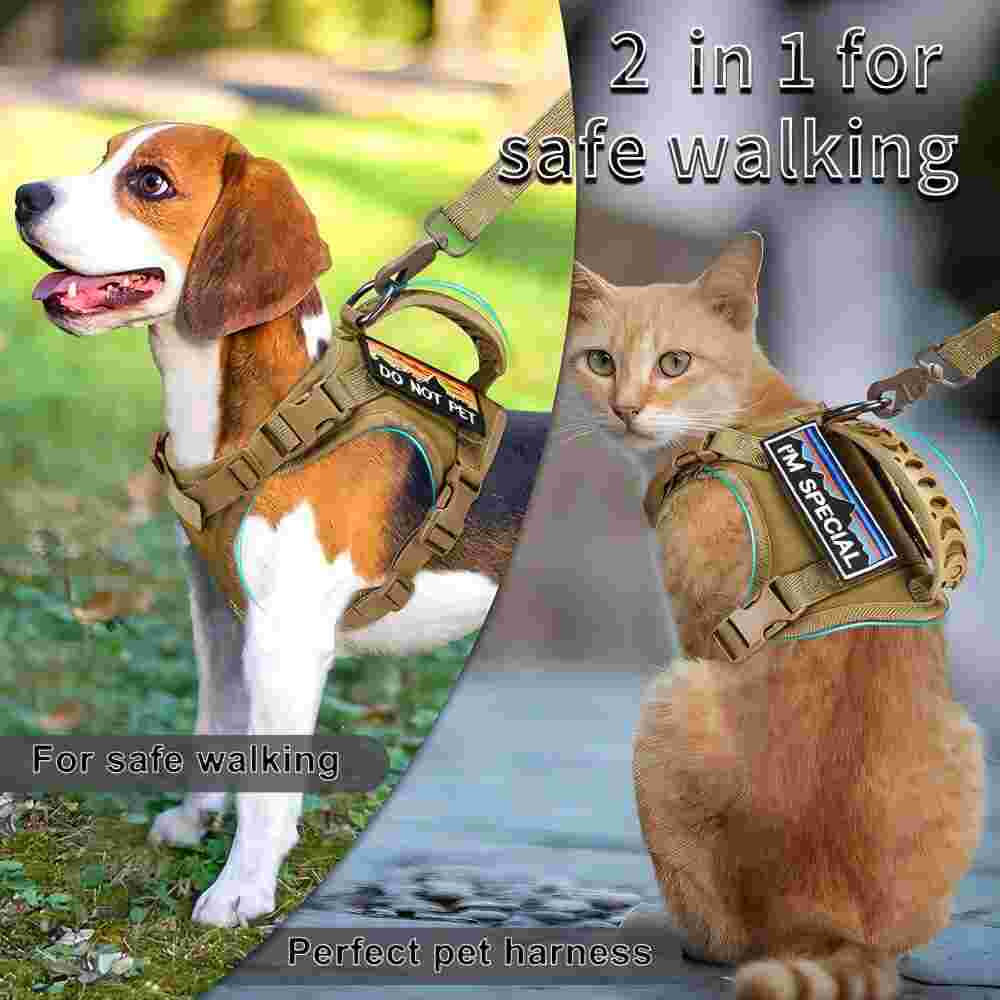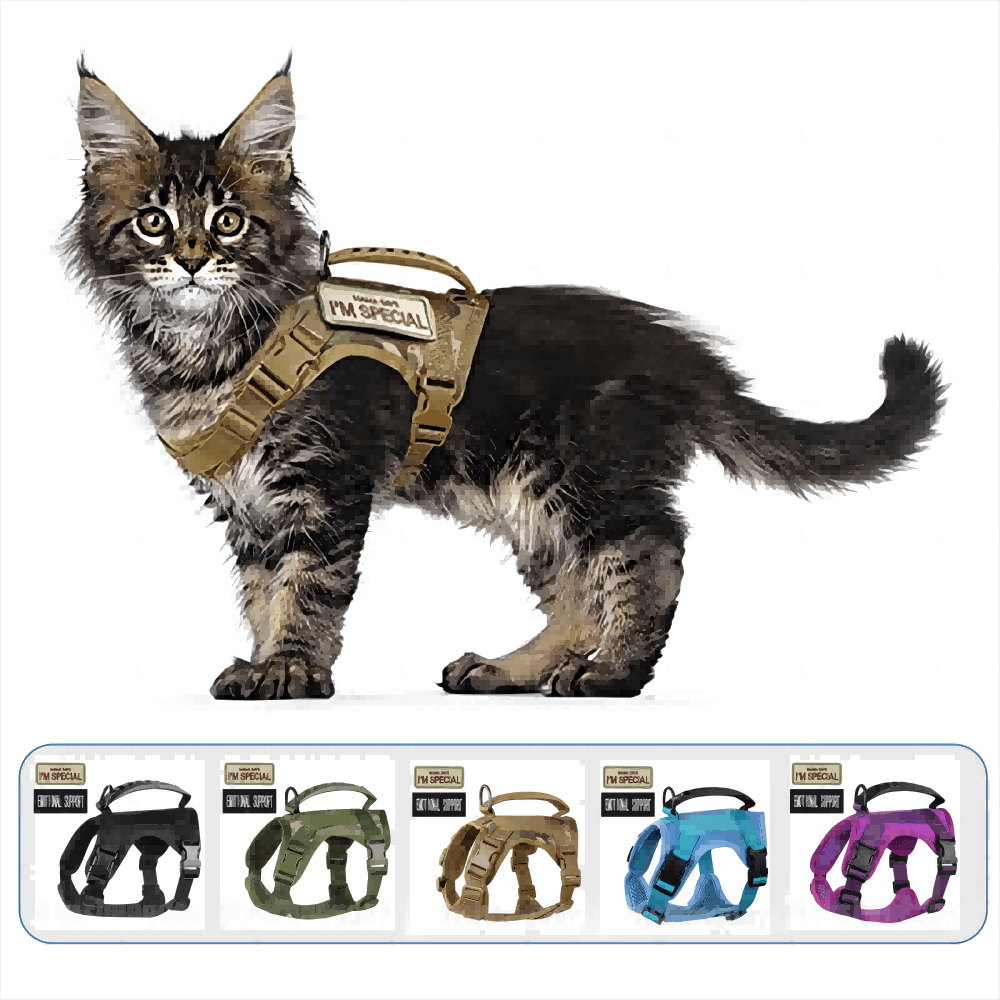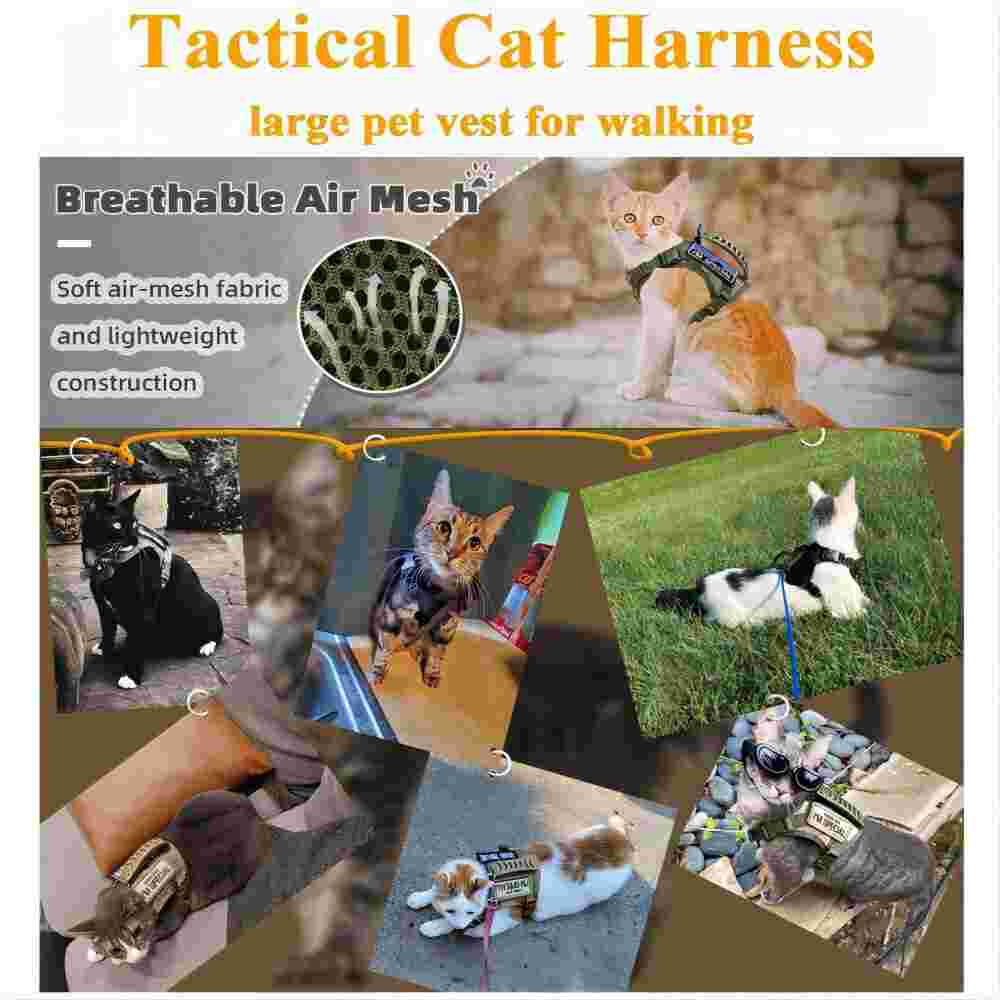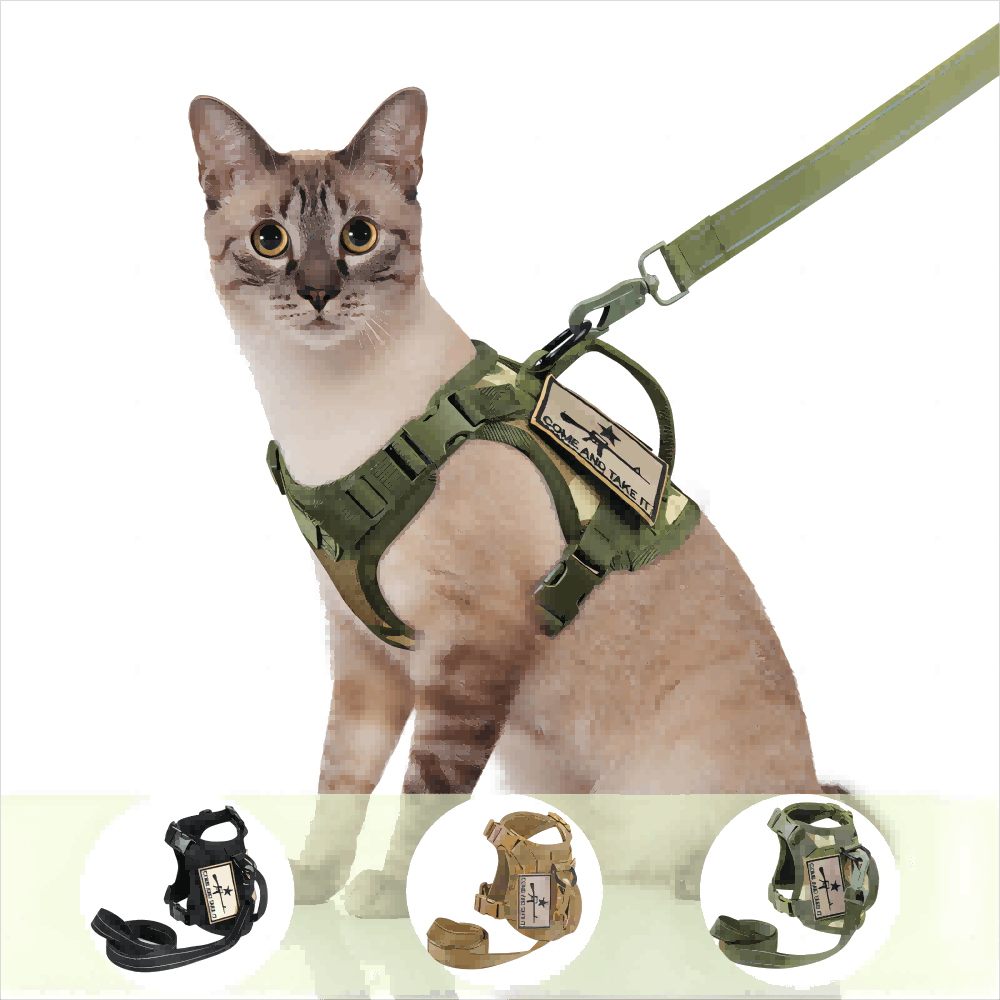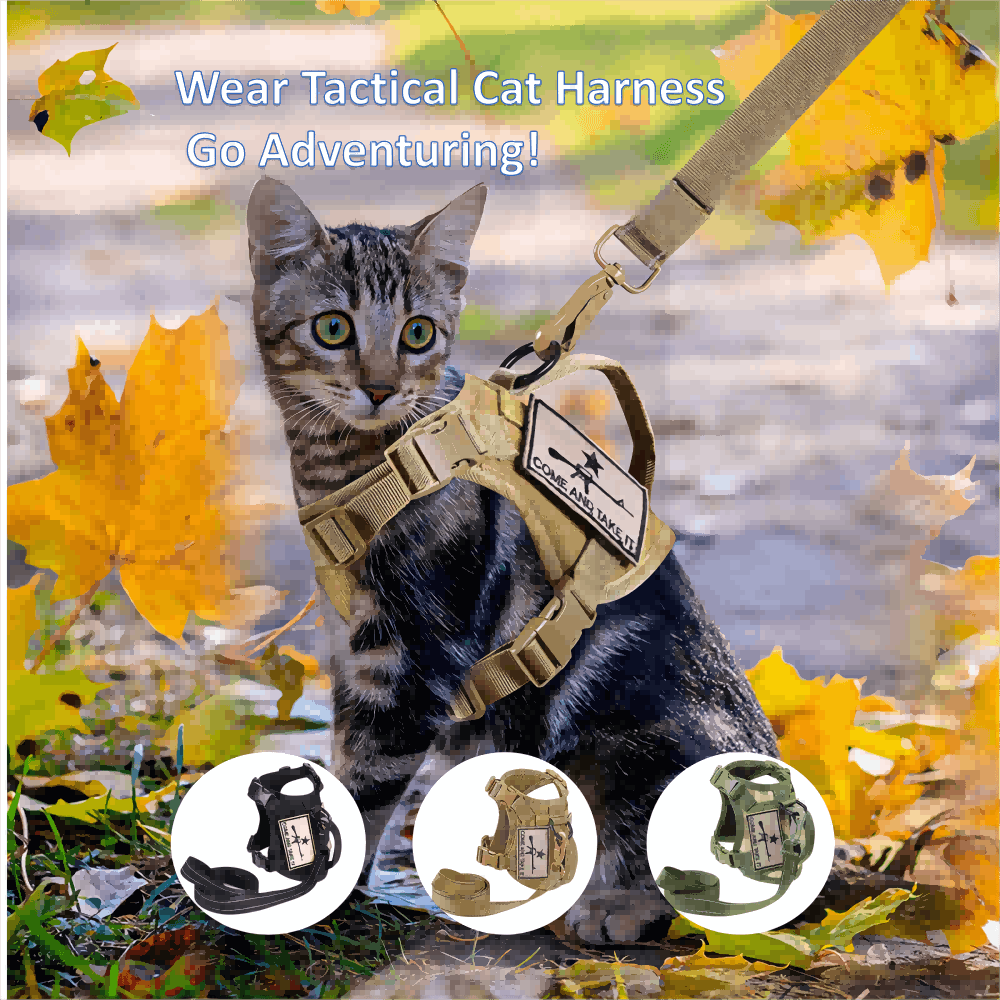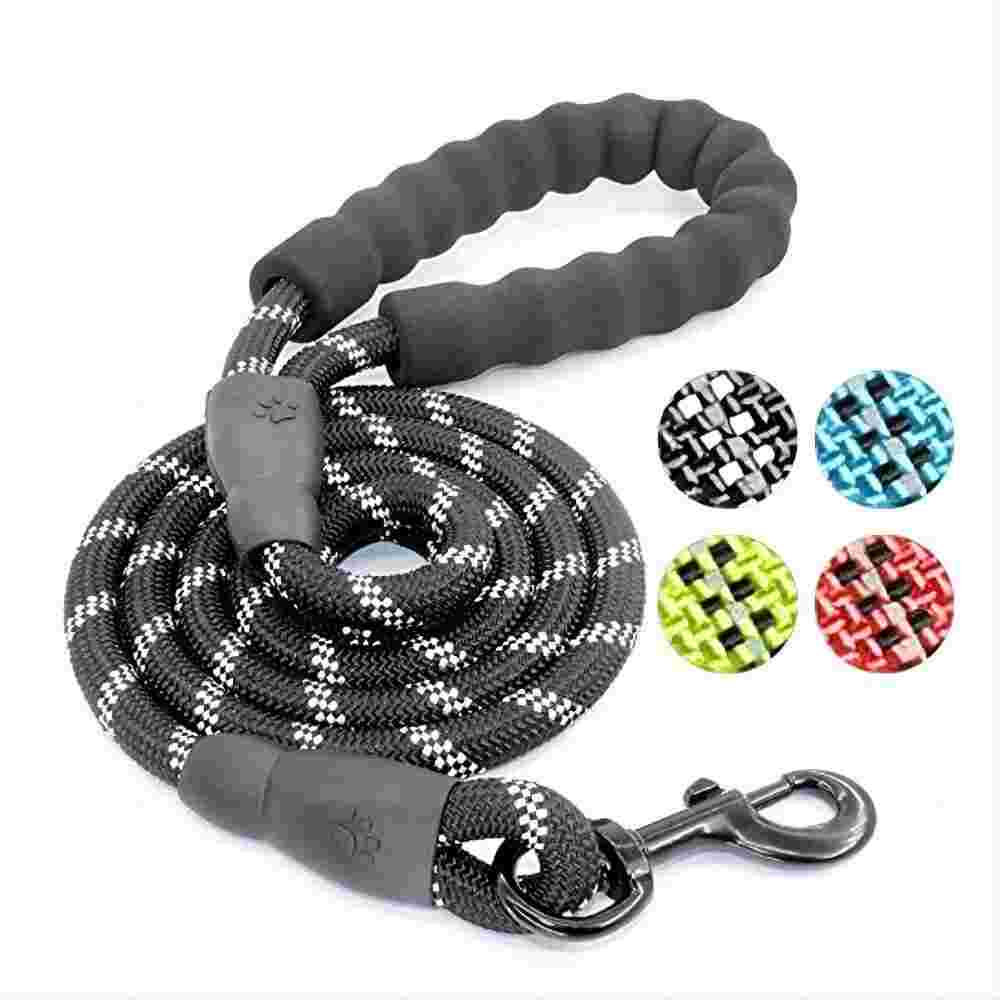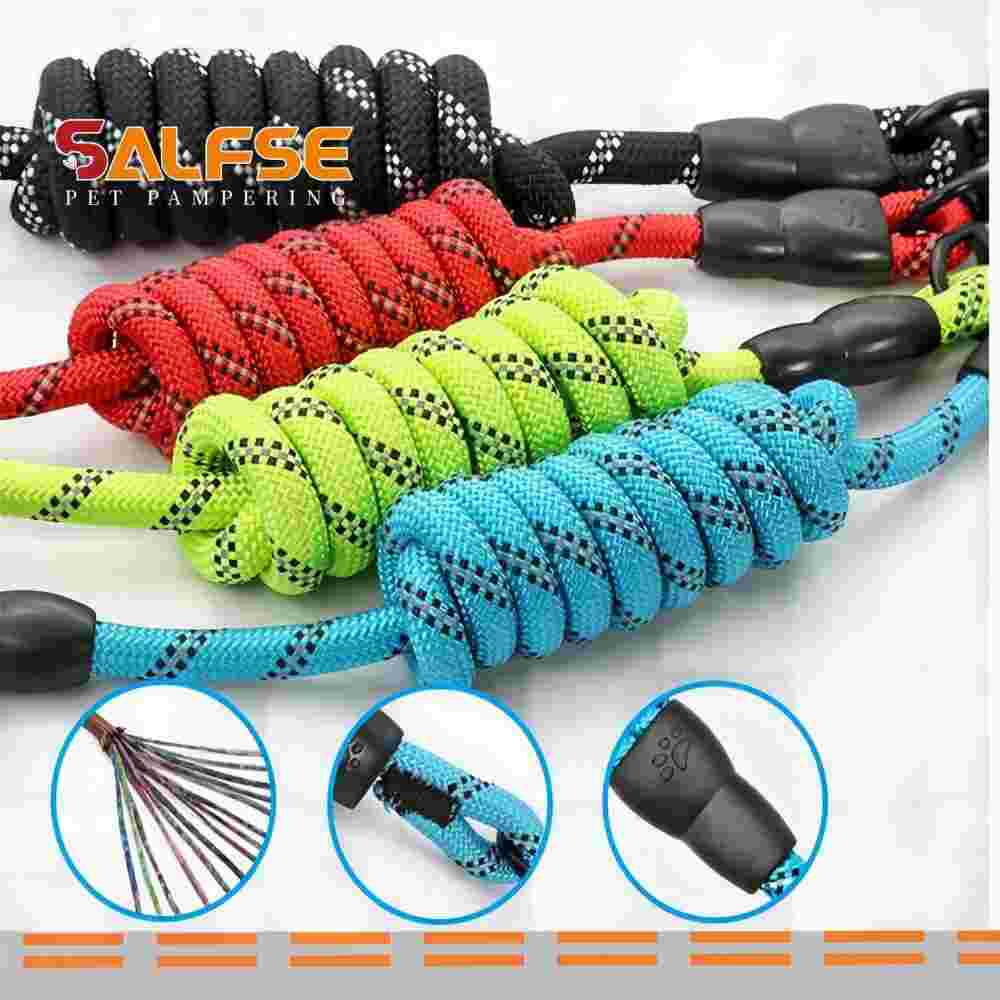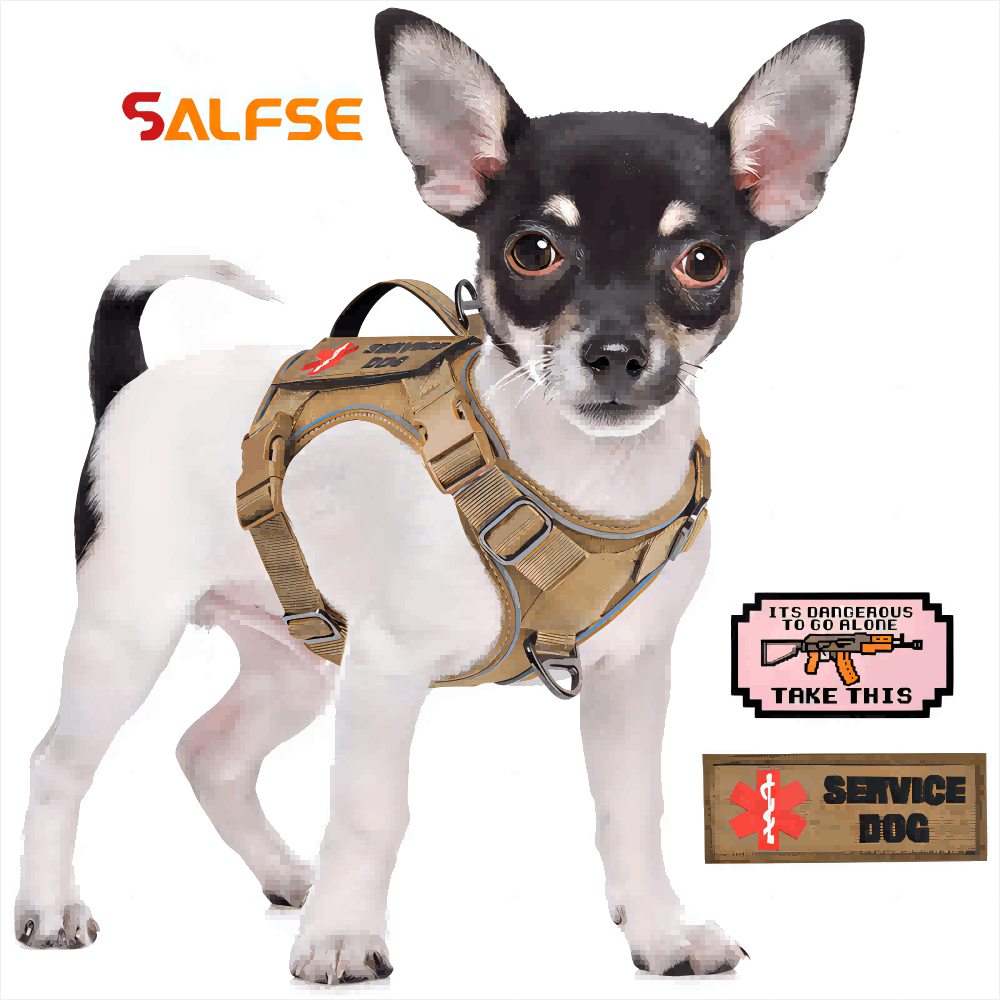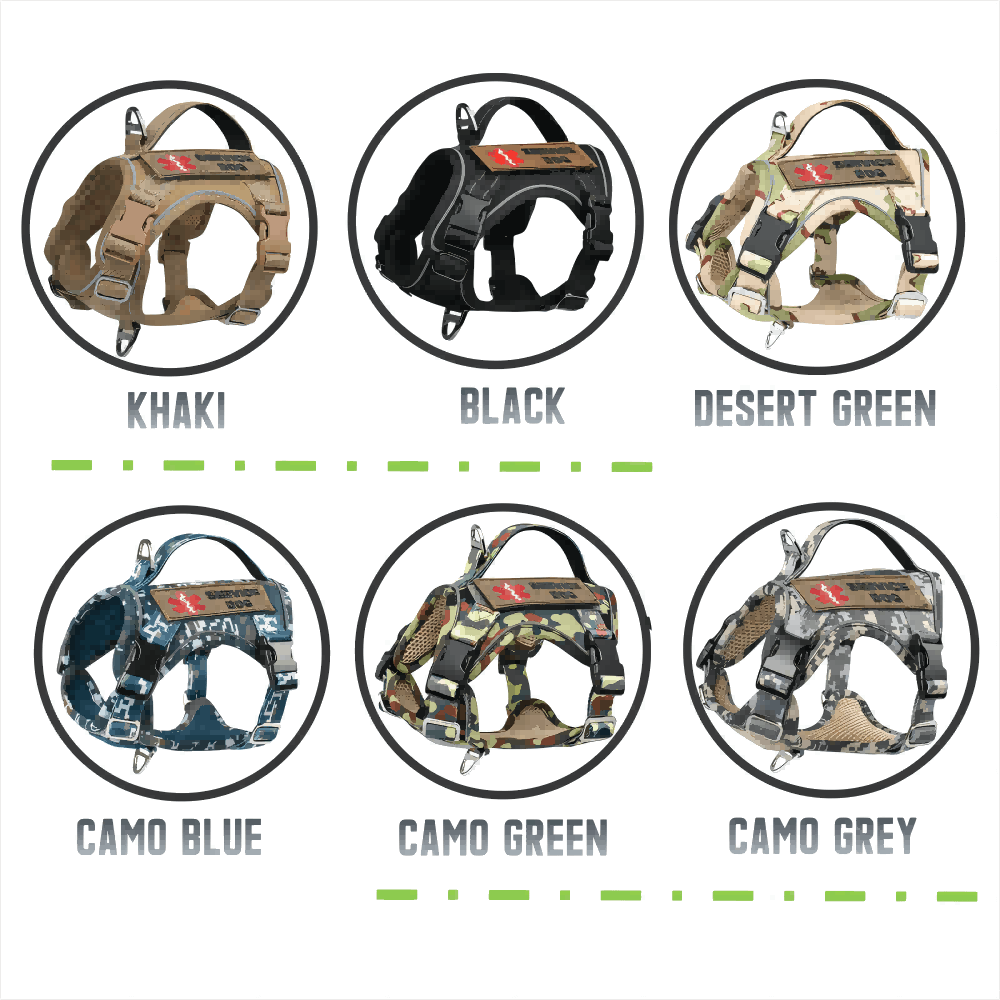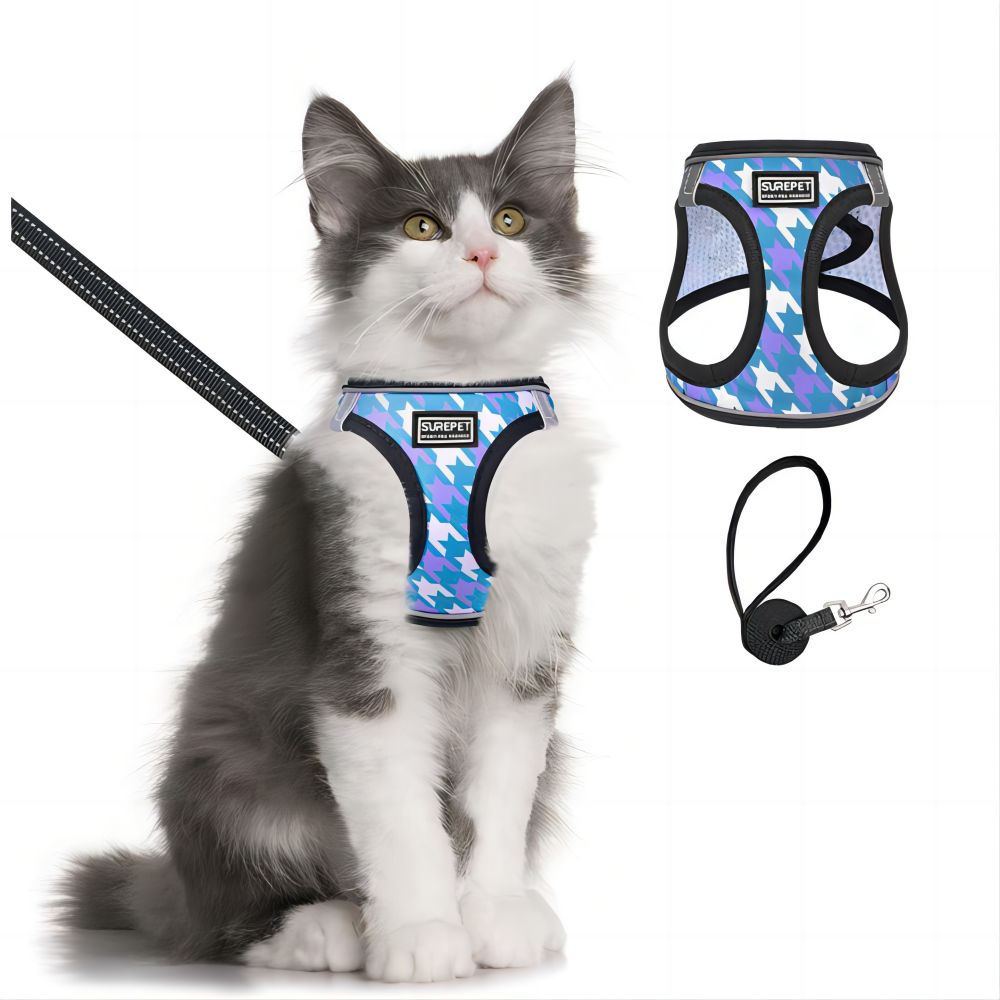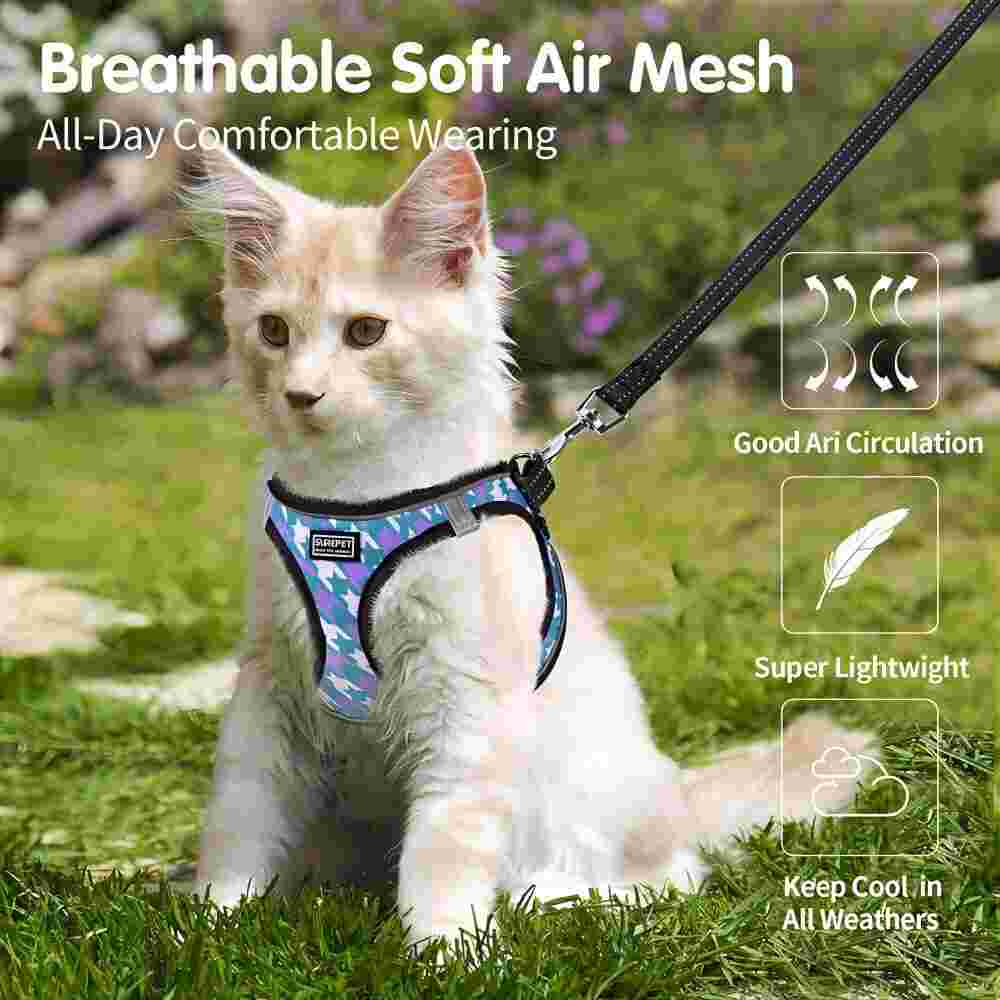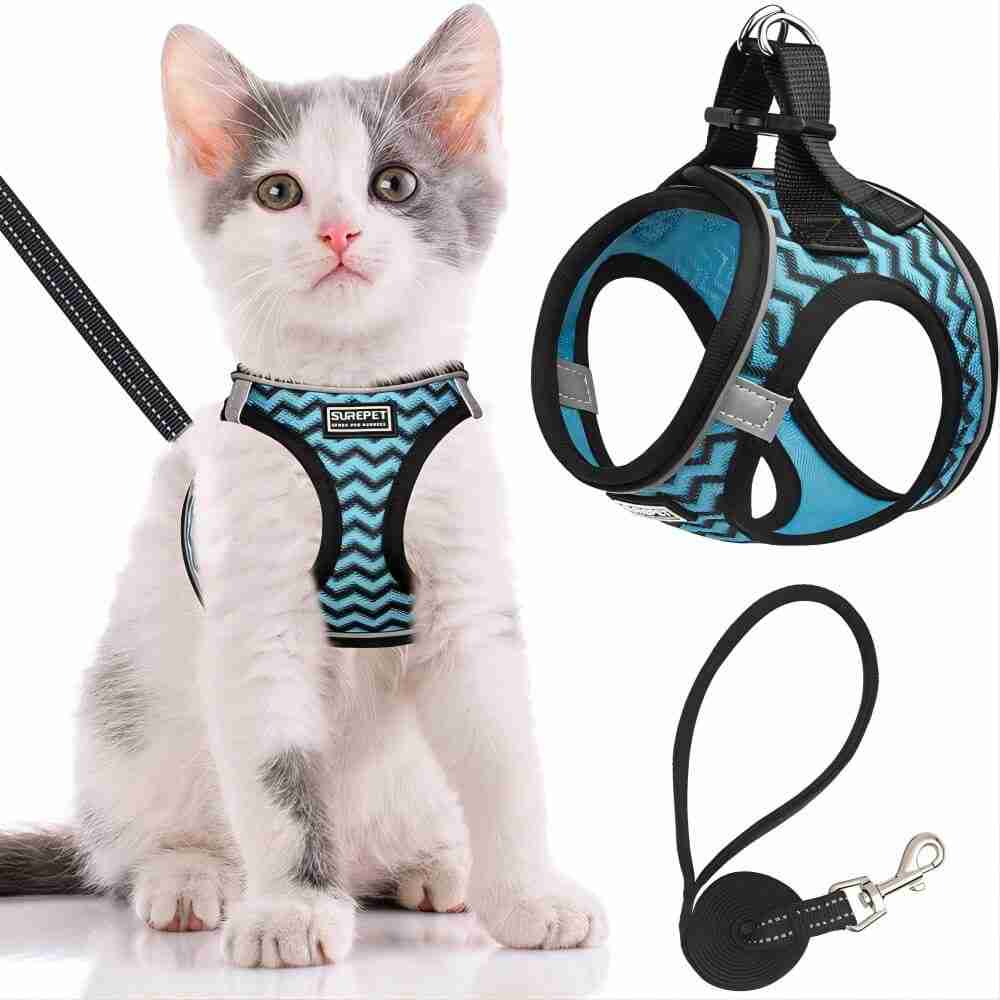1.Completely master the training items: no matter what the dog is training, only when it fully knows how to do it, can the child participate. Make sure the dog has been fully trained and understood beforehand so that the game can go smoothly and potential safety hazards can be avoided.
2.Under the supervision of adults: All activities related to dogs should be carried out under the supervision of adults. Children may not understand the behavior and emotions of dogs because they are young. The company and guidance of adults can ensure that the game is safer and more enjoyable.
3.Children reward dogs with food: Children can also reward dogs with food. Through play, dogs learn that children have the right to be their masters, and that all toys belong to their owners, even if it is a small child. Such interactions can promote trust and a friendly bond between dog and child.
4.Spend more time with humans: If you want your dog to be interested in humans, you need to make it spend more than three times as much time with humans as it does with other dogs. Through frequent interactions with children, dogs will gradually adapt to the presence of humans, increasing the tacit understanding and intimacy between them.
Below we will explain in detail the specific steps of this dog training method

Pets are members of the family, and children learning to take care of dogs can enhance their sense of responsibility and have an extra playmate. If you want dogs and children to play happily together, you must pay attention to the following aspects:
1.In order to ensure the safety of dogs and children, first of all, play games in a suitable environment, choose a spacious, quiet, and clean place; no matter what kind of dog training, only when it knows how to do it, can it be allowed to play. Children participate.
2.Secondly, all activities related to dogs should be carried out under the supervision of adults. Adults will demonstrate the correct way of interaction, such as gently patting the dog’s back or hugging the dog’s neck, so that children can gradually learn how to behave appropriately. intimacy.

3.Finally, the child can also reward the dog with food. Through play, dogs learn that children have the right to be their masters, and that all toys belong to their owners, even if it is a small child.
4.If you want your dog to be interested in humans, you need to make it spend more than three times as much time with humans as it does with other dogs.
5.Choose dog breeds that are kid-friendly and avoid overly excitable or aggressive dogs. Some dogs are not very friendly to children, so the owner should reflect on whether he always ignores the dog when the children are present. Animals are also jealous.

6.When the child is with the dog, the owner will care more about, caress the dog, or give it snacks, which will increase the dog’s affection for the child. It will understand that even if the child appears, the owner will also care about and treat the dog. Love it so you don’t become hostile to your child.
7.In addition, guide children to interact with dogs correctly, educate children to love animals, and remind them that dogs also have feelings; children sometimes hurt dogs unintentionally, such as stepping on the dog’s tail or scratching the dog’s ears, out of In self-defense, dogs will “defend and counterattack”, so don’t be too sensitive about getting along with dogs and children.
8.The owner can lead the child to use some commands such as “walk, sit” to the dog, and feed the dog, so that the dog can understand the child’s master status, and it will gradually accept it.
(Tip: take your dog out and let him wear a tactical dog harness, he’ll look really cool)

There are a few core points and principles to keep in mind when training dogs to play happily with children:
1.Safety first: No matter when and where, ensuring the safety of children and dogs is always the most important thing. Avoid leaving them alone and maintain adult supervision to prevent accidents.
2.Social training: Let dogs participate in social training, gradually adapt to different environments and groups of people, enhance their social skills, and better interact with children.
3.Positive incentives: Train dogs with positive incentives and rewards to encourage them to perform well. At the same time, encourage children to be friendly to dogs and respect their feelings and needs.
4.Take your time: Let the interaction process between the dog and the child be gradually established, don’t rush for success, and patiently cultivate the tacit understanding and emotional connection between them.
5.Respect for the individual: Both dogs and children have their own personalities and preferences. Do not force every dog to play with children, and respect their wishes and feelings.
Through the above training and principles, children can learn how to live in harmony with their pet dogs and build a deep friendship and trust. At the same time, the dog will be more willing to spend quality time with the children because of such training, bringing more joy and happiness to the family.

Questions and answers about training dogs to play with children
Q1: How to educate children to treat dogs correctly?
A: Educating children to treat dogs correctly requires emphasizing the importance of caring for animals, telling them that dogs also have emotions and feelings, and not to step on, scratch or frighten dogs. Encourage children to interact with dogs gently and show love with gentle gestures, while teaching them when they shouldn’t disturb the dog, such as when the dog is resting or eating.
Q2: What games are suitable for children and dogs to play together?
A: Games suitable for children and dogs to play together include: chasing the ball, hiding the dog, fetching small treats, etc. These games can enhance the interaction between children and dogs, improve the intelligence and activity of dogs, and also enhance children’s hands-on ability and concentration.
Q3: How to cultivate children’s responsible attitude towards dogs?
A: Cultivating children’s responsible attitude towards dogs can be done by letting children participate in the daily care and feeding of dogs, so that they can feel the importance and responsibility of taking care of dogs. At the same time, educate children not to give up dogs at will, and let them understand that dogs are members of the family and need long-term companionship and care.
Q4: What safety precautions should be paid attention to when children and dogs get along?
A: When children and dogs get along, you need to pay attention to the following safety precautions: Do not let them be alone, keep the supervision of adults; Avoid children disturbing dogs when they are eating or resting; Tell children not to use excessive agitation or rough actions Play with the dog so as not to provoke aggressive behavior from the dog.
Q5: How to build a deep friendship between children and dogs?
A: It takes time and patience to develop a deep friendship between a child and a dog. Encourage children to interact with dogs more, participate in the daily care and training of dogs, and enhance the relationship between them; at the same time, let dogs feel the friendliness and love of children, interact with it in a gentle way, and let dogs feel that children It is a trustworthy and reliable partner. Through long-term getting along and interacting with each other, the friendship between children and dogs will continue to deepen and become an indispensable part of the family.
Previous section: How to train a dog to live in harmony with other dogs? -Dog training (24)
Next section: Precautions in the process of training dogs? -Dog training (26)

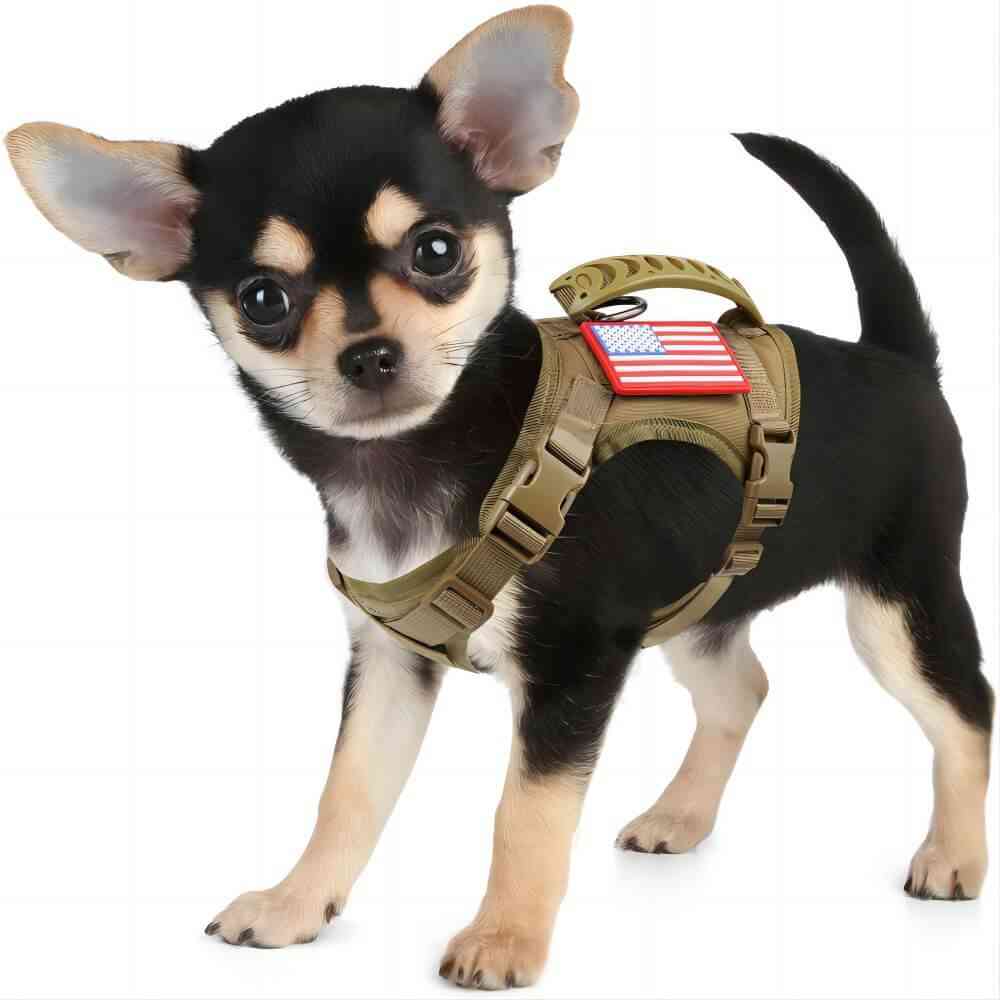

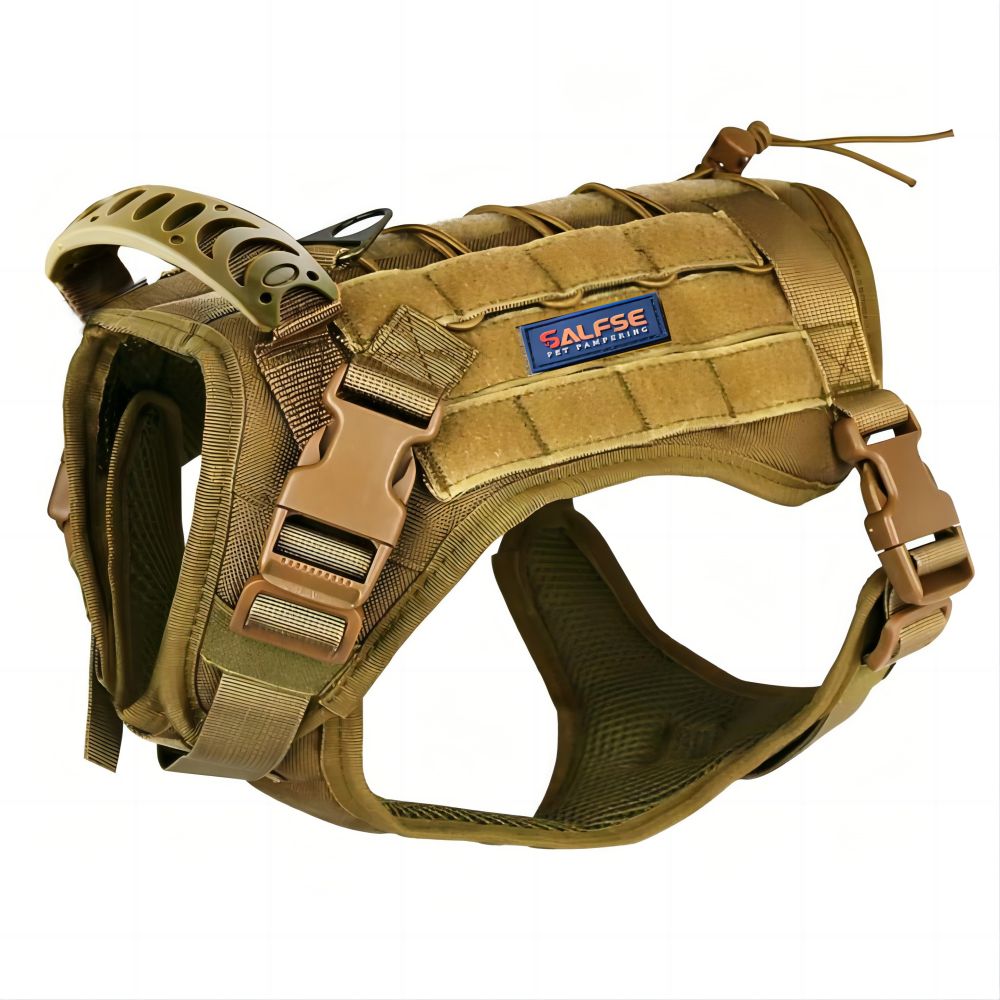
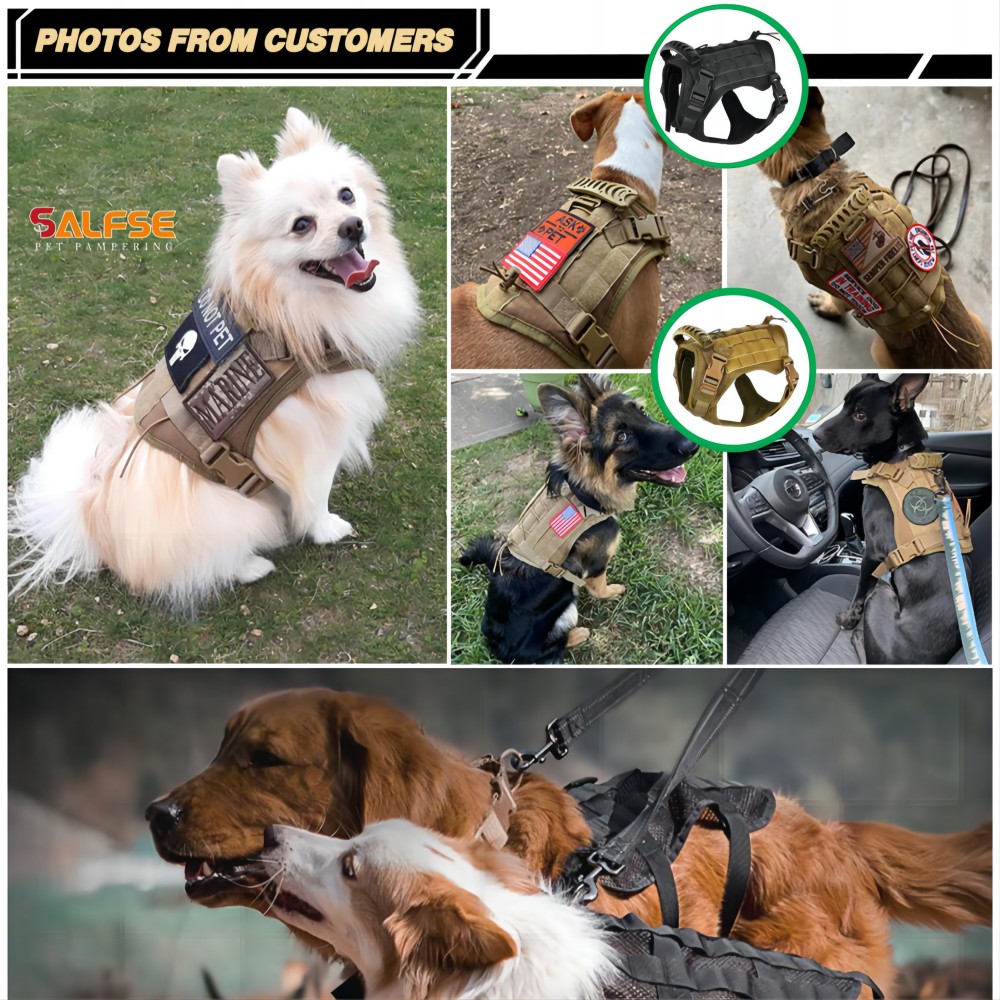
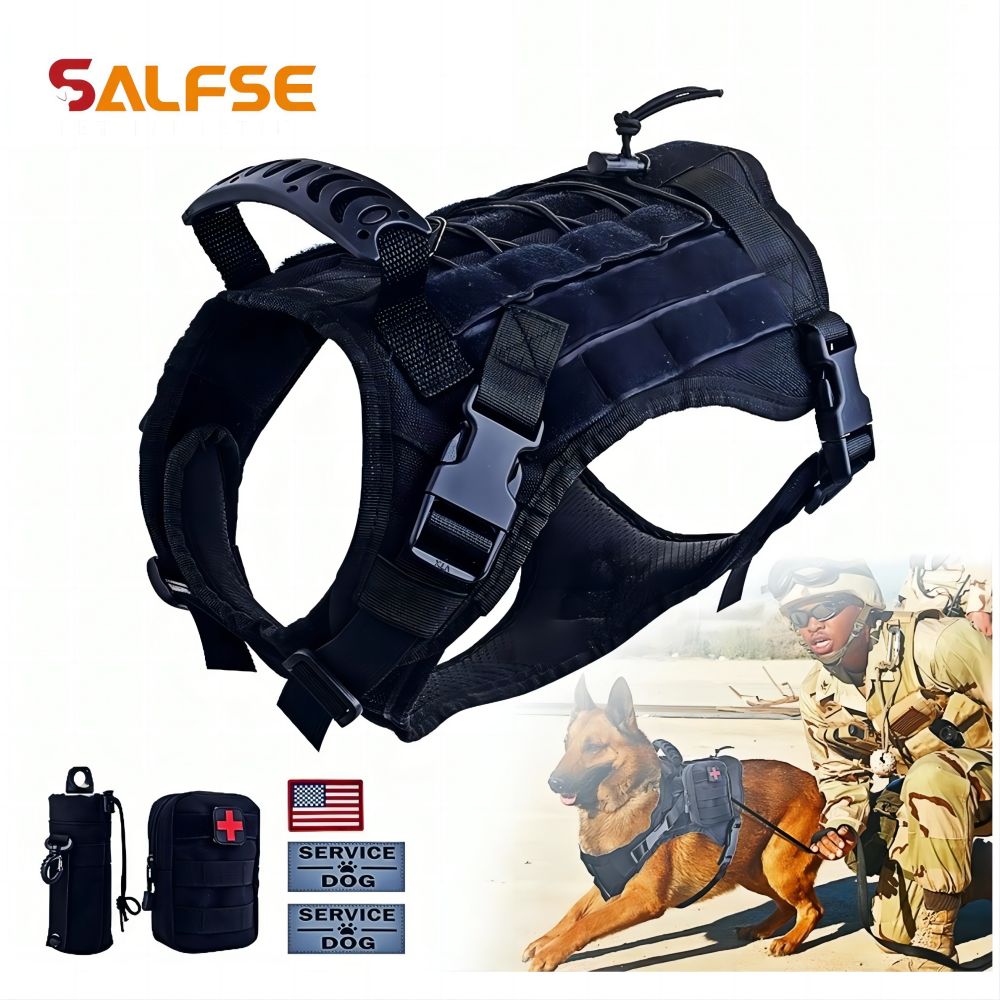
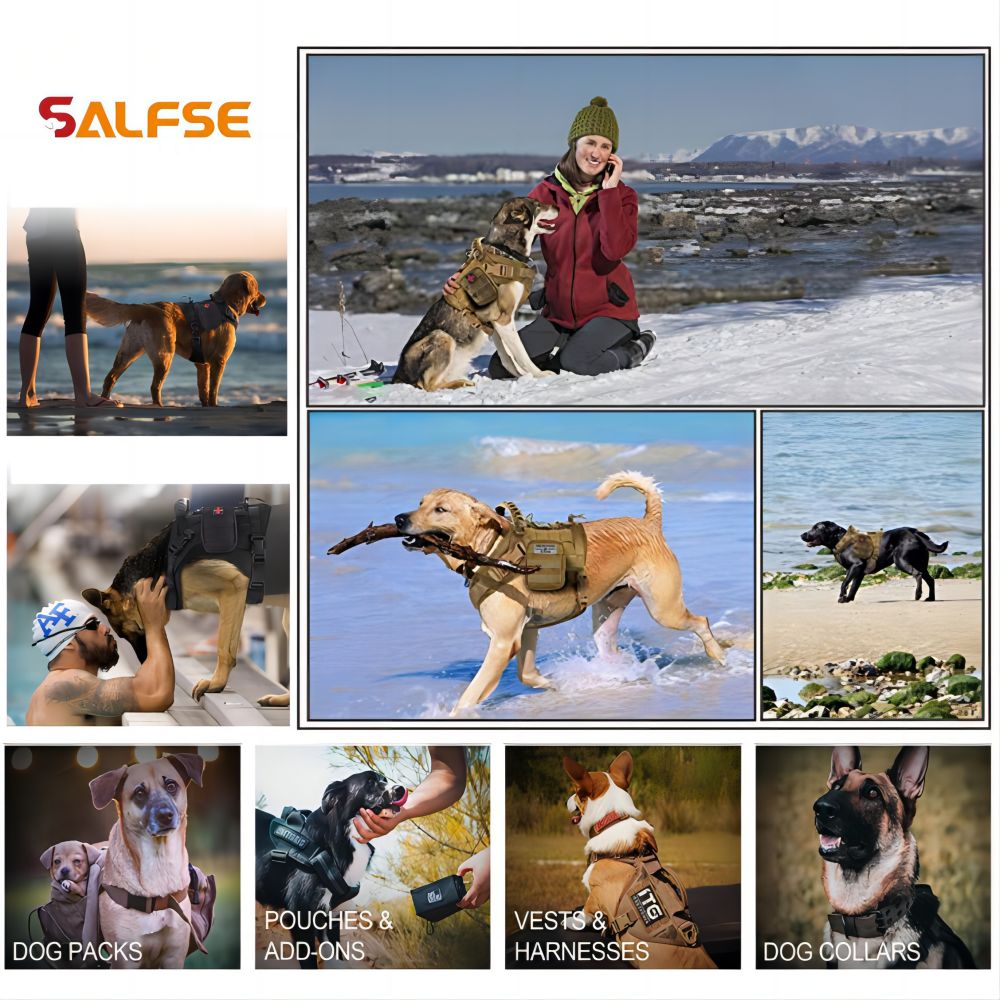
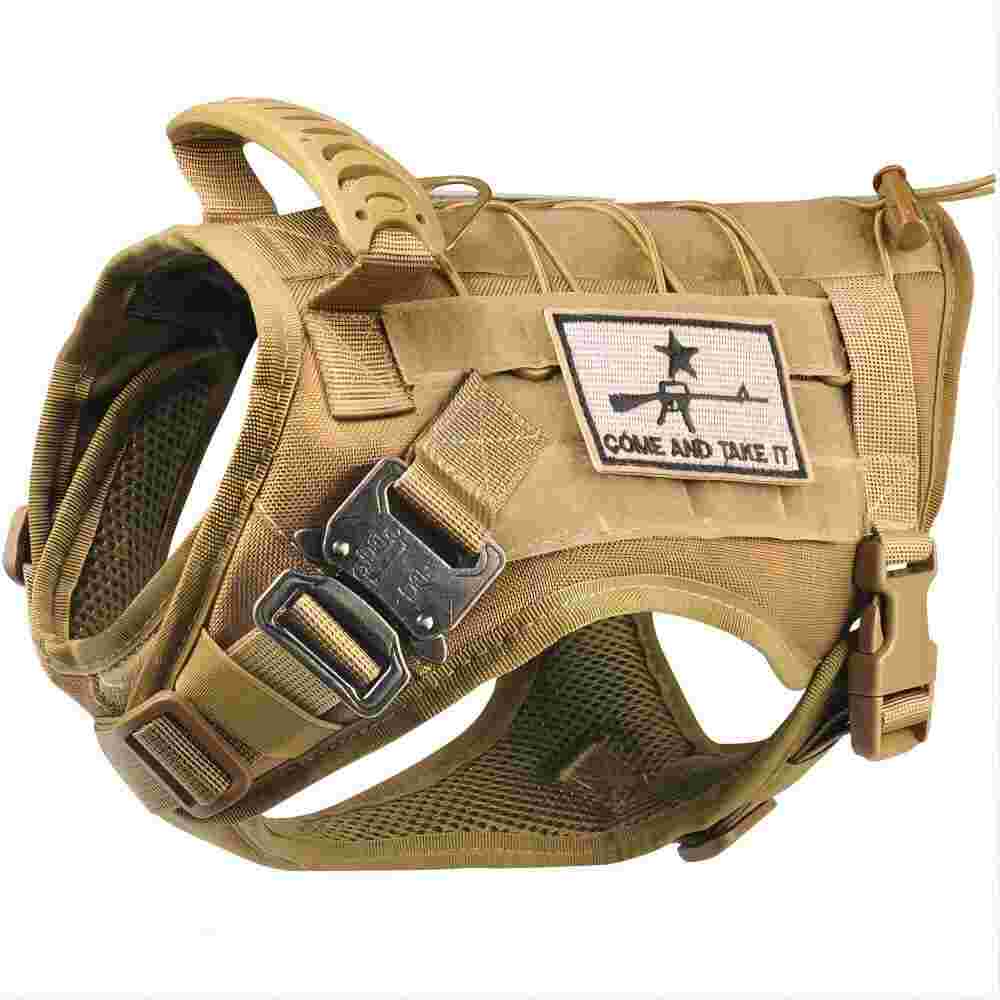
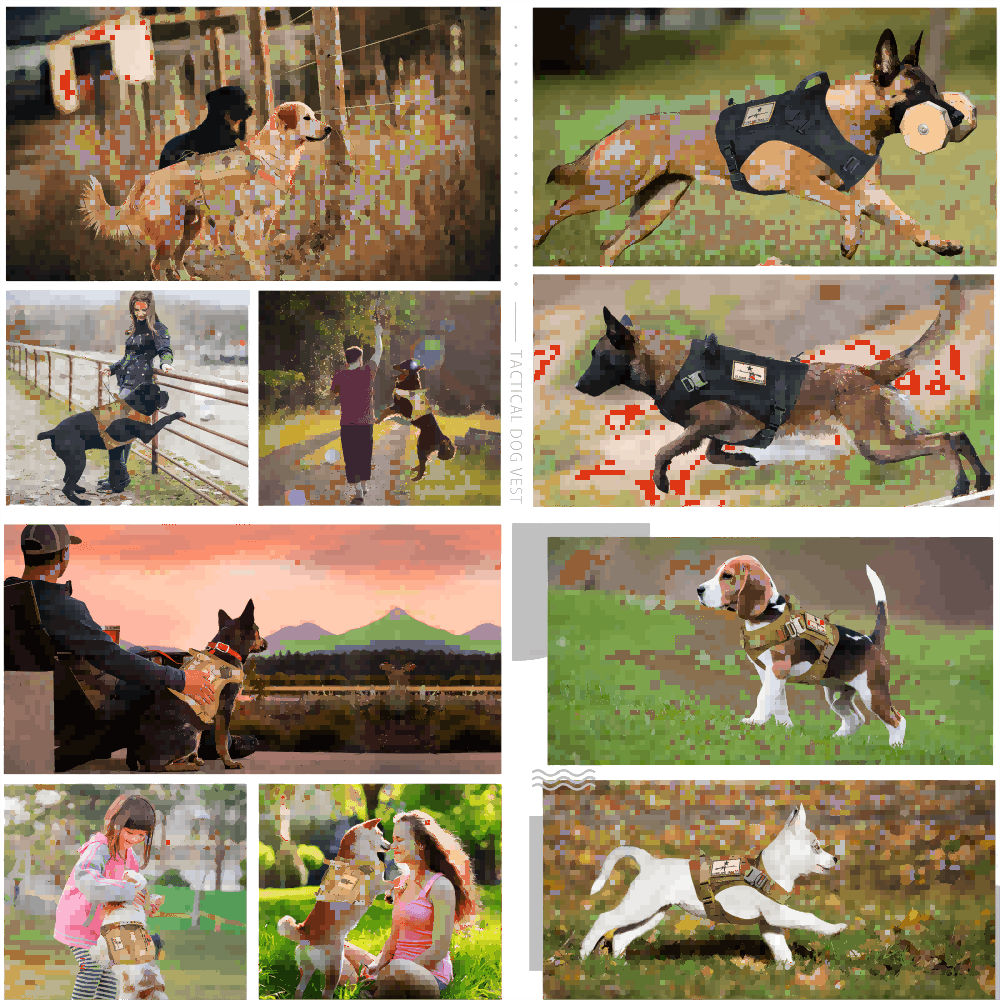
-1.png)


